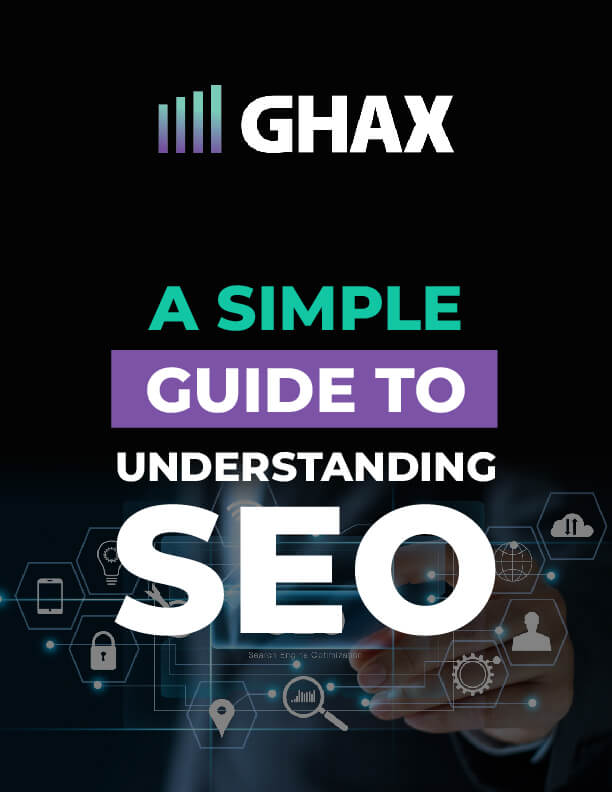Want to improve your results in search engine rankings?
If so, you’ll need to know how to create one killer element: SEO meta tags.
You’ve probably seen a type of meta tag, known as a meta description, before. It’s the brief text a search engine will provide under each option, often bolding parts that matched your search.
They let the user and the search engine see how well a product is matching up with a search. Ideally, this gives the user the perfect answer to their inquiry.
So, if you want to rank well in search engines, your meta tags must be better than anyone else’s.
Don’t know how to create excellent tags? No problem! Read on to learn how to write meta tags for SEO.
Search Engine Algorithms
The first step in understanding meta tags is understanding search engine algorithms.
We all know that the worldwide web is a vast and complicated place. Yet, when someone types a query into a search engine, they’re expecting to find the answer to their question within fractions of a second.
Because of this, search engines need algorithms to help them sift through online content and bring up the best results. Each search engine has its own specific algorithm, but they share some key characteristics.
For instance, each search engine algorithm has one goal: make sure that, no matter what, its users are getting the best results. It accomplishes this goal by sifting through websites and evaluating which are the most reliable and relevant.
Web experts use methods to make websites achieve their best search engine ranking potential. They call these methods search engine optimization or SEO.
Often, when someone learns to create SEO, they first learn about meta tags.
SEO Meta Tags
As mentioned above, meta tags are the brief descriptions under the links you see in a search engine.
But they’re also bits of code used to communicate what the page is about. They help an algorithm decide how to rank a website in any given search.
All SEO meta tags go at the top of any page’s HTML. There are several different types of meta tags, all of which will help you improve your rankings.
The types include title tags, meta descriptions, meta viewports, meta charsets, meta refresh directs, and meta robots.
Creating Title Tags
Often, search engines list whatever you put in your title tag as the title of your listing. This is your first impression, so it’s important to nail it.
To create an effective title tag, go to the top section of your page’s HTML and look for the tag labeled <head>. This is the heading of your page, and you’ll want all of your meta tags to be under it.
Next, think about which text you would like the search engine to display.
Effective title tags are brief, clear, and eye-catching. If you’re in doubt of what kinds of titles will get your clients’ attention, heed your own searches. What kind of wording causes you to click onto a page?
Another surefire way to get clients to your page is to include a keyword in your title tag. Some SEO companies offer keyword research software to customers curious about which keywords people use to find their website.
Once you’ve decided what you’d like to include in your title tag, type <title>, the name of your title, and then <title /> into your HTML.
For example, a title tag for this article might be <title> Creating Meta Tags <title />.
Creating Meta Descriptions
Next, focus on your meta descriptions.
As mentioned above, these are the bits of text under each listing. They give the user and search engine more information about a page.
Sometimes, if a user has read your title tag and is still unsure of whether or not your page can answer their question, your meta description can help.
Because search engines can rank any pages on your website in a user’s results, it’s best to create a meta description for every page.
To do so, go to the HTML section, and, under <header>, type <meta name= “description” content=”*Description here.*”>. Replace *description here* with your own text.
Meta Robots
Here’s where meta tags get a bit tricky.
Meta robots are HTML tags that let search engines know whether or not to index your pages. They also indicate whether or not you want the search engine to crawl the page.
As a result, they can have significant effects on your SEO ranking, whether for better or worse, so it’s important to understand them.
If you wish for a search engine to index a page and you also want the page crawled, type <meta name=”robots” content=”index, follow”>.
For pages you wish to index but not have crawled, type <meta name=”robots” content=”index, nofollow”>.
If you do not wish for a search engine to index a page, but you do want it to crawl the site, you may write <meta name=”robots” content=”noindex, follow”>.
Likewise, non-indexed pages with information you do not want crawled can be written as <meta name=”robots” content=”noindex, nofollow”>.
Meta Viewports
Many people conduct search engine inquiries on their phones rather than their computers. In fact, more than 211 million people in the United States used their cell phones to search for information in 2020!
This makes meta viewports critical. Essentially, meta viewports inform search engines whether or not a site is mobile friendly.
It also affects how a page will present if someone using a cell phone clicks on your link. Without a meta viewport tag, the site will load as if someone is viewing it on a desktop.
As a result, your page will be very difficult to read, making it more likely that your potential customer will click away.
With a meta viewport tag, your customer will be better able to read your page.
To create one of these tags, simply write <meta name=”viewport” content=”width=device-width, initial-scale=1.0″> in your HTML.
There are some variations to width=device-width, initial-scale=1.0. However, this is the most commonly used meta viewport tag and is the proper one to use for most pages.
Meta Charsets
Have you ever looked at a page and seen a character that just looks weird or out of place on a page?
If so, it’s probably because there is something wrong with the character encoding on the page. This negatively impacts SEO because it makes people less likely to want to link back to your page.
To offset this, use meta charsets. Meta charsets show how your page should be interpreted. There are many different types of charsets, but Google recommends using UTF-8.
To add UTF-8 meta charsets to your page, add <meta charset=”UTF-8″> to your HTML.
Meta Refresh Redirects
Before we go into these types of tags, it’s important to note they are not the best meta tags for SEO.
Let’s clarify: Google does know how to read these tags. However, they direct the page to take you to a different area of the website after a specific amount of time.
Also, not every browser supports them, and they can cause the user to distrust your website.
However, if you must use meta refresh redirect tags, you can do so by typing in <meta http-equiv=”refresh” content=”5;url=”https://websitename.com/”>. Replace “websitename.com” with the website to which you wish to redirect.
Hurdles To Improving
Do you want to take some of the guesswork out of your SEO strategy?
We’re guessing you do because you’re on this page. It’s understandable. SEO can be confusing, especially if you don’t have the funds to hire your own on-staff SEO expert.
In addition, your best efforts might just be that: your best efforts. Any attempts to increase your search engine rankings can definitely yield results. Yet, you can’t guarantee that your competition isn’t already implementing SEO and doing it better.
But standing out is absolutely crucial. Nowadays, anyone can make a website and start a business. Search engines need to know what sets you apart and make you better than everyone else out there.
Your Solution
That’s where we come in. Here at Ghax Digital Marketing, we make your business our business. We are dedicated to making sure your SEO strategy is the best that it can be.
Don’t need help with SEO meta tags but would like someone to give your Facebook or Google Ads a boost? We can do that, too!
Regardless of your online marketing needs, our experts are prepared to provide you with the best solutions.
And the best part? Your first session with us will be a deep dive into your goals and website traffic. By the end, you’ll have a pathway to success, and we won’t even charge you for this consultation!
If you’re interested, please schedule a call today!




